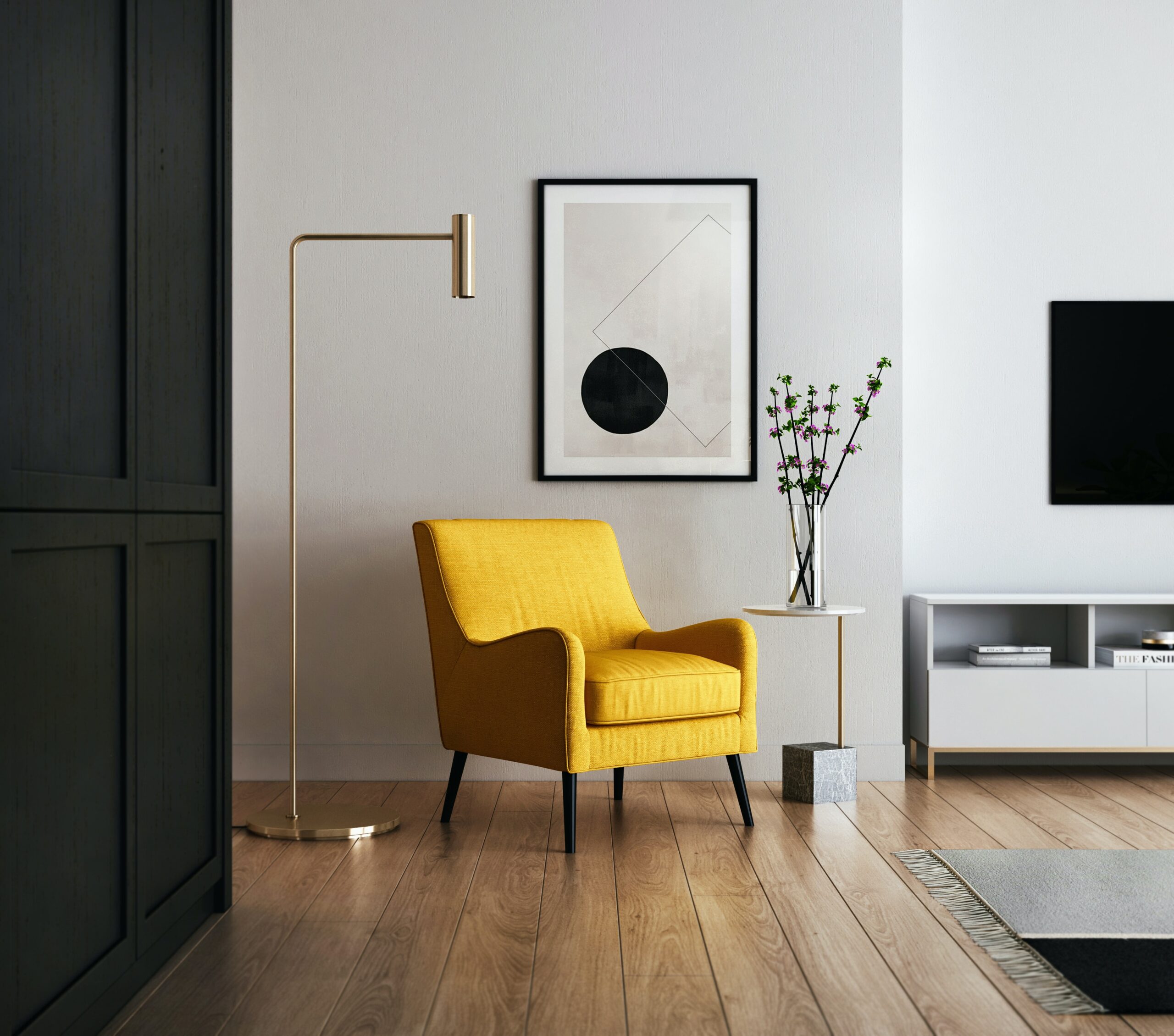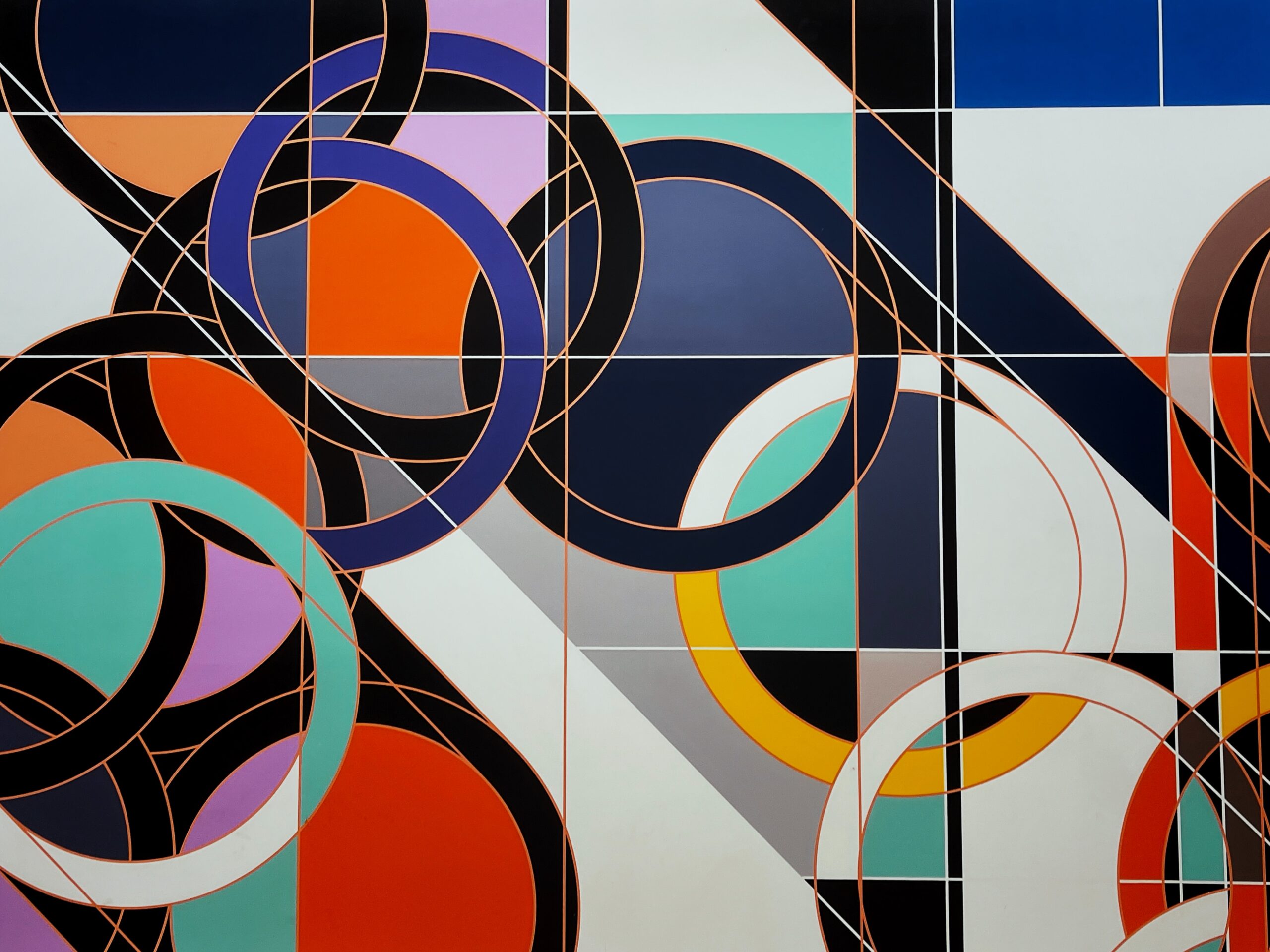Incorporating Feng Shui principles into your bedroom layout can greatly enhance the overall energy and harmony of the space. Feng Shui, an ancient Chinese practice, focuses on creating a balanced and harmonious environment to promote well-being and positive energy flow. By following these principles, you can create a bedroom that not only looks beautiful but also supports restful sleep and relaxation.
Clear the Clutter
One of the fundamental principles of Feng Shui is to declutter your space. A clutter-free bedroom allows for the free flow of energy and promotes a sense of calm and tranquility. Remove any unnecessary items, organize your belongings, and create a clean and serene environment.
Position the Bed Properly
The placement of your bed is crucial in Feng Shui. Ideally, the bed should be positioned diagonally across from the door, allowing you to see the entrance while lying in bed. This placement symbolizes a sense of security and control. Avoid placing the bed directly in line with the door, as this can create an uncomfortable energy flow.
Additionally, ensure that the head of the bed is against a solid wall for support and stability. Avoid placing the bed under a window, as this can disrupt the flow of energy and create a sense of unease.
Create a Balanced Color Palette
Color plays a significant role in Feng Shui. Choose a color palette that promotes relaxation and tranquility. Soft, neutral colors like beige, light blue, and pale green are ideal for the bedroom as they create a calming and soothing atmosphere.
Avoid bold and vibrant colors, as they can be too stimulating and disrupt the flow of energy. If you want to add pops of color, do so in small accents like pillows, artwork, or decorative items.
Balance Yin and Yang Energy
Feng Shui is all about achieving a balance between yin and yang energy. Yin energy is soft, gentle, and calming, while yang energy is vibrant, active, and energizing. In the bedroom, it’s essential to create a balance between these two energies.
To enhance yin energy, incorporate soft lighting, plush textures, and soothing scents like lavender or chamomile. Use curtains or blinds to control the amount of natural light entering the room and create a cozy and intimate atmosphere.
To introduce yang energy, add elements like plants, artwork, or a small fountain. These elements bring life and vitality to the space without overpowering the calming energy of the bedroom.
Optimize Furniture Placement
The placement of furniture in your bedroom can significantly impact the energy flow. Avoid placing furniture in a way that obstructs the natural flow of movement. Ensure that there is enough space to move around freely and access all areas of the room.
Avoid placing furniture with sharp edges or corners, as they can create negative energy. Instead, opt for rounded or curved furniture pieces to promote a more harmonious and gentle energy flow.
Introduce Natural Elements
Bringing nature into your bedroom can enhance the overall energy and promote a sense of tranquility. Incorporate natural elements like plants, natural fabrics, and wooden furniture to create a connection with the outdoors.
Plants not only add beauty to the space but also improve air quality and create a calming environment. Choose plants with rounded leaves, as they are believed to promote positive energy.
Keep Electronics to a Minimum
Electronics emit electromagnetic fields (EMFs) that can disrupt the energy flow in the bedroom. Keep electronics, such as TVs, computers, and smartphones, to a minimum in the bedroom. If possible, remove them entirely or keep them out of sight.
If you must have electronics in the bedroom, place them at least six feet away from the bed to minimize their impact on your sleep and overall well-being.
By incorporating these Feng Shui principles into your bedroom layout, you can create a harmonious and balanced space that promotes restful sleep, relaxation, and overall well-being. Remember, the key is to create a clutter-free, balanced, and calming environment that supports positive energy flow.
For more information on interior design and home improvement, visit Interior A to Z.

